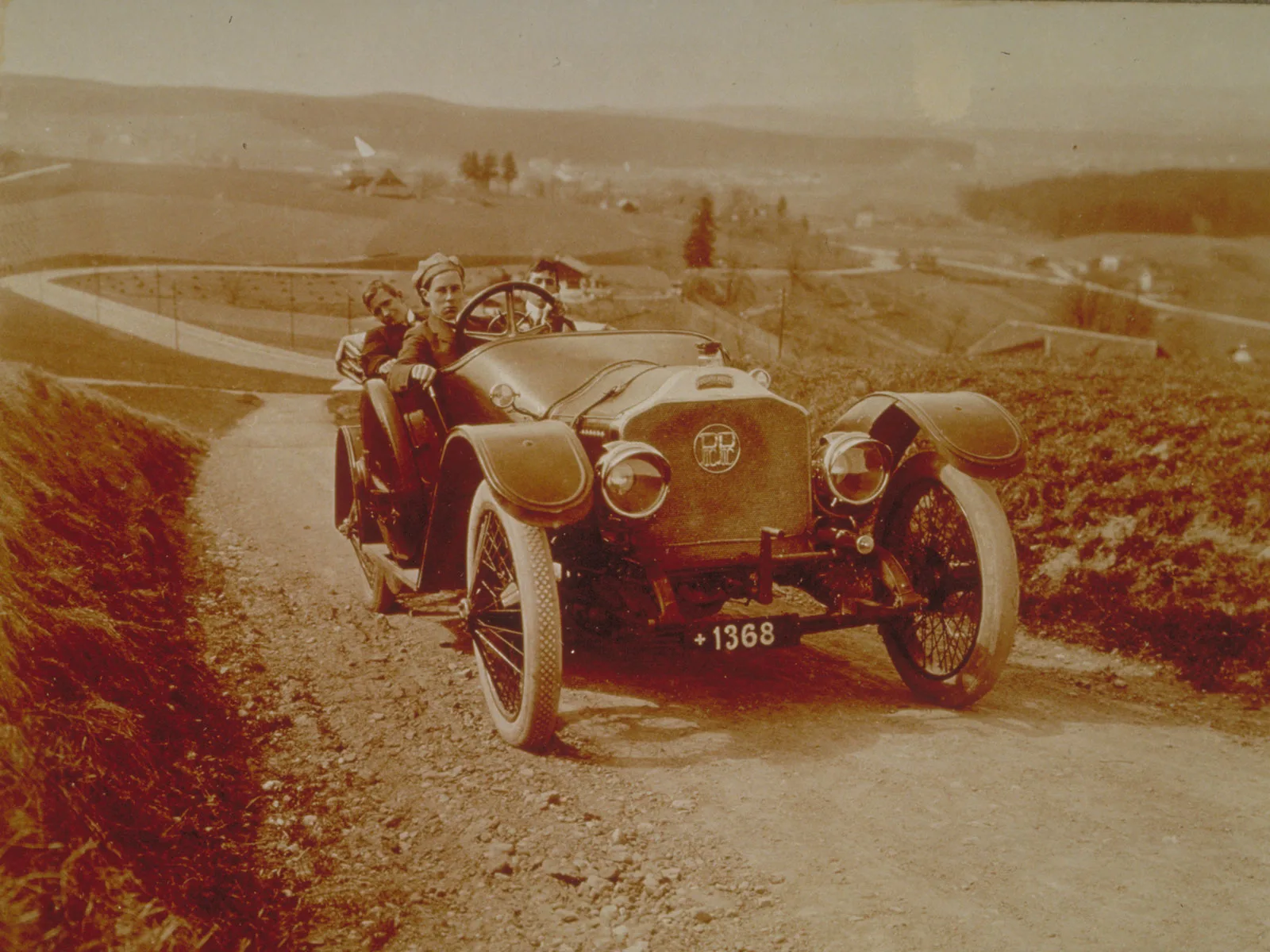
Graubünden: the canton that said no to the motorcar
Cars were banned in the canton of Graubünden from 1900 to 1925. It took nine popular votes to change that.
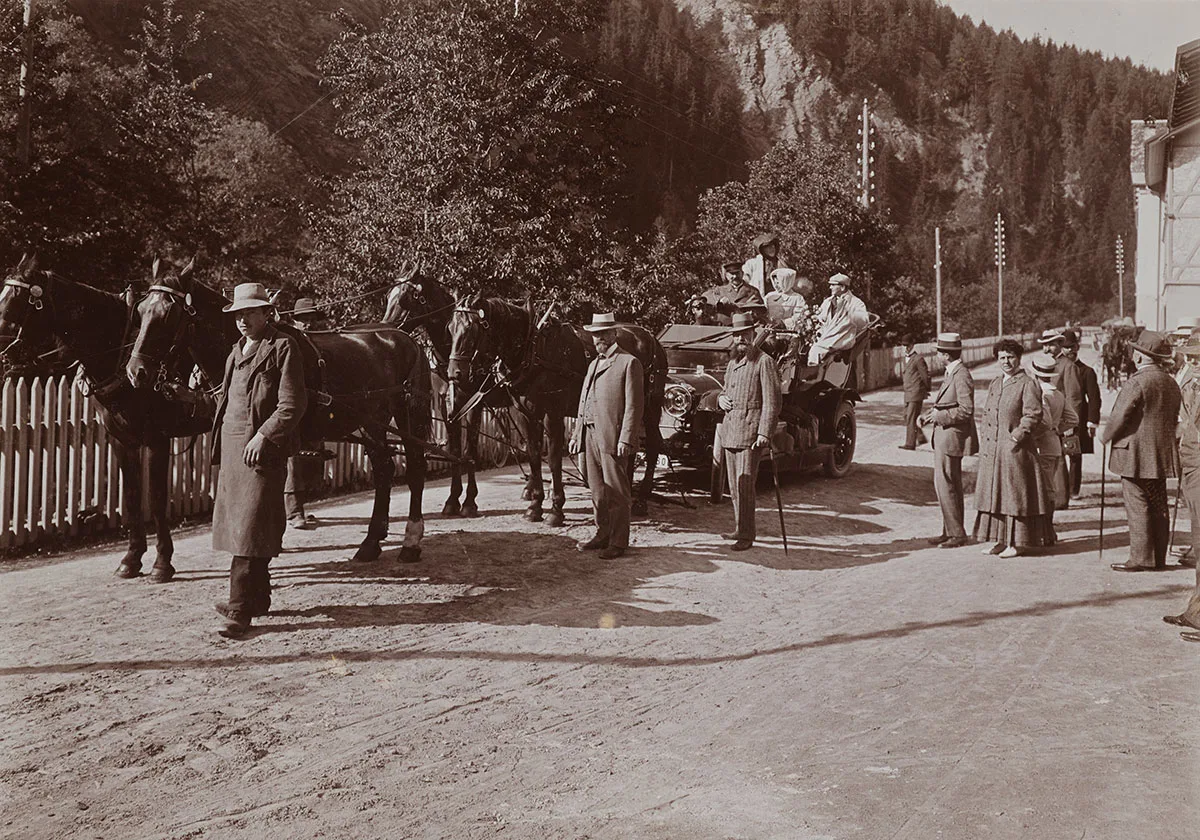
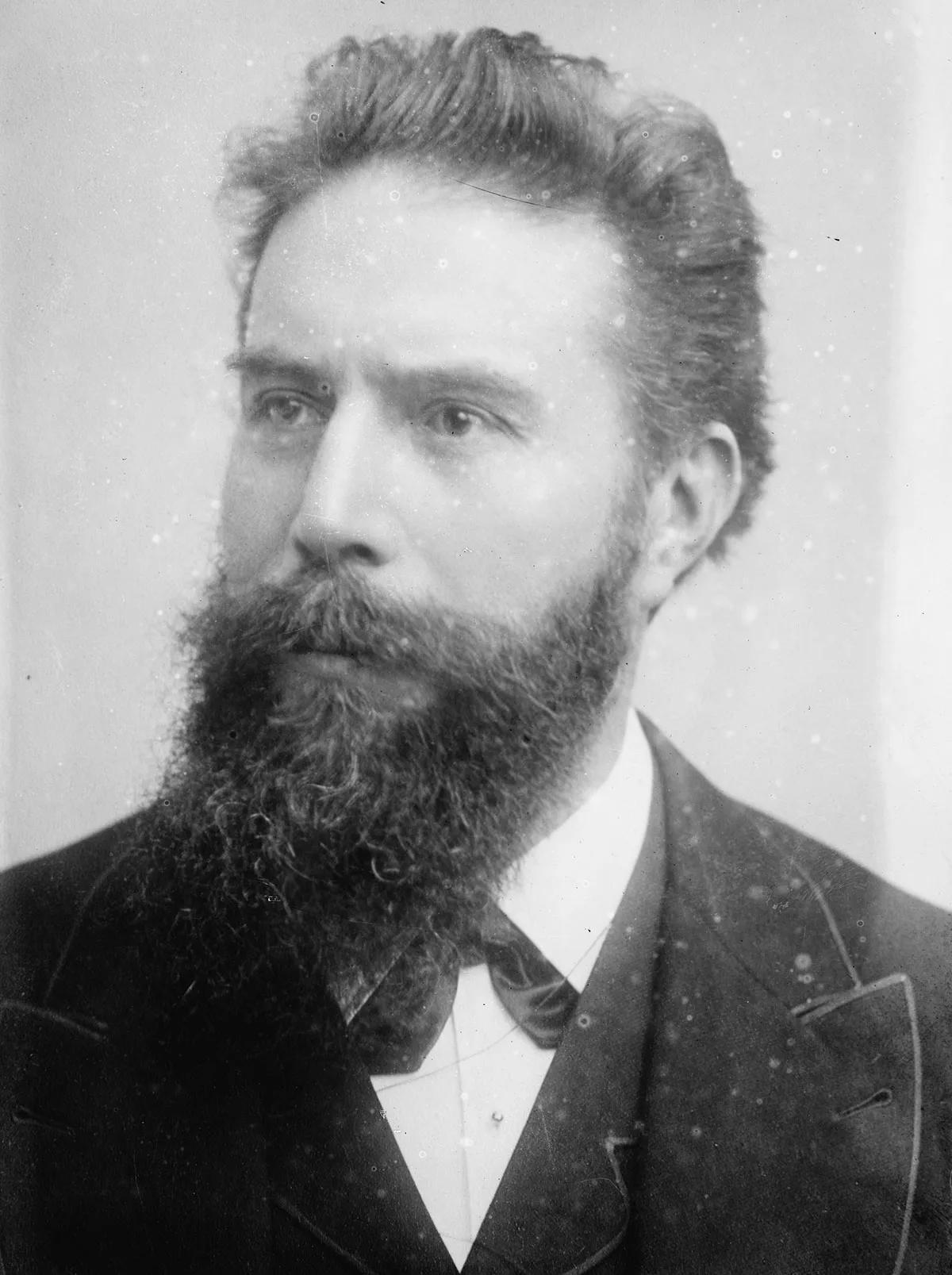
Expensive road maintenance
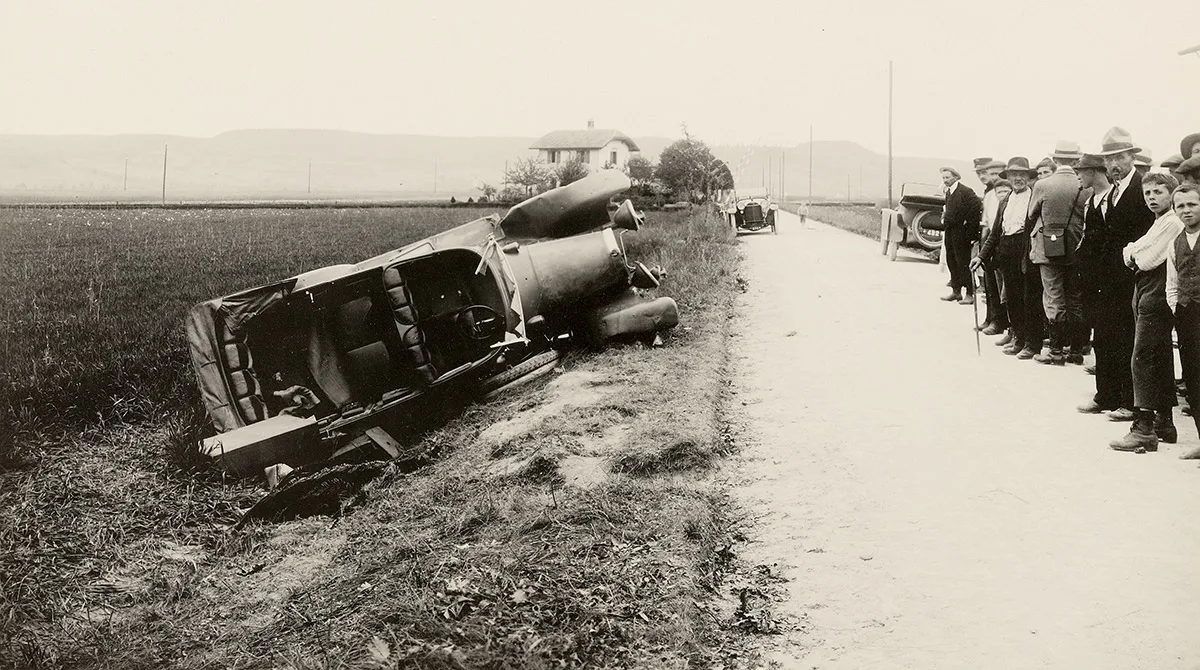
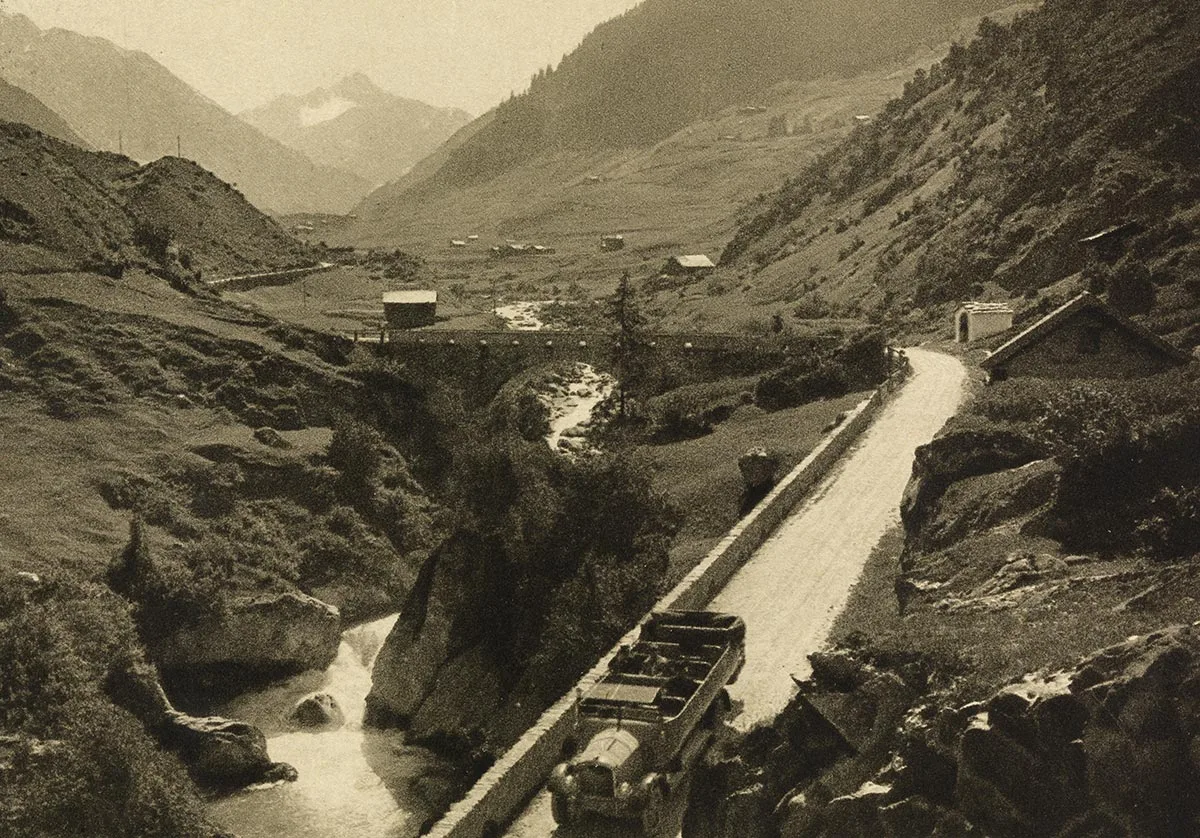

Cars were banned in the canton of Graubünden from 1900 to 1925. It took nine popular votes to change that.



